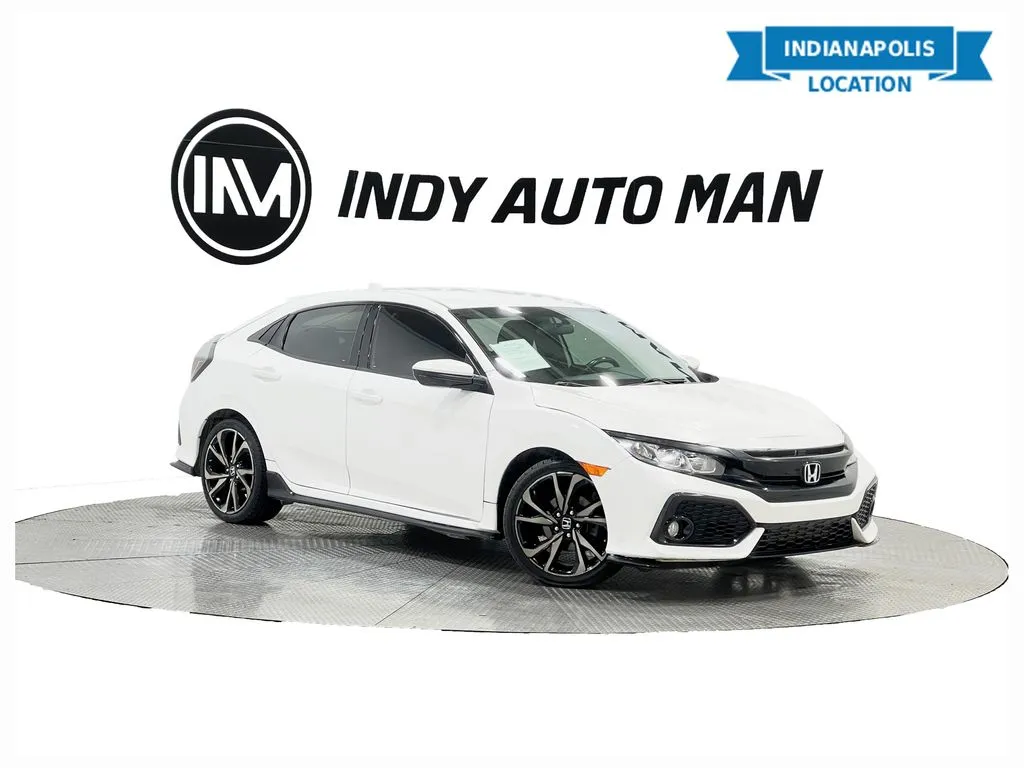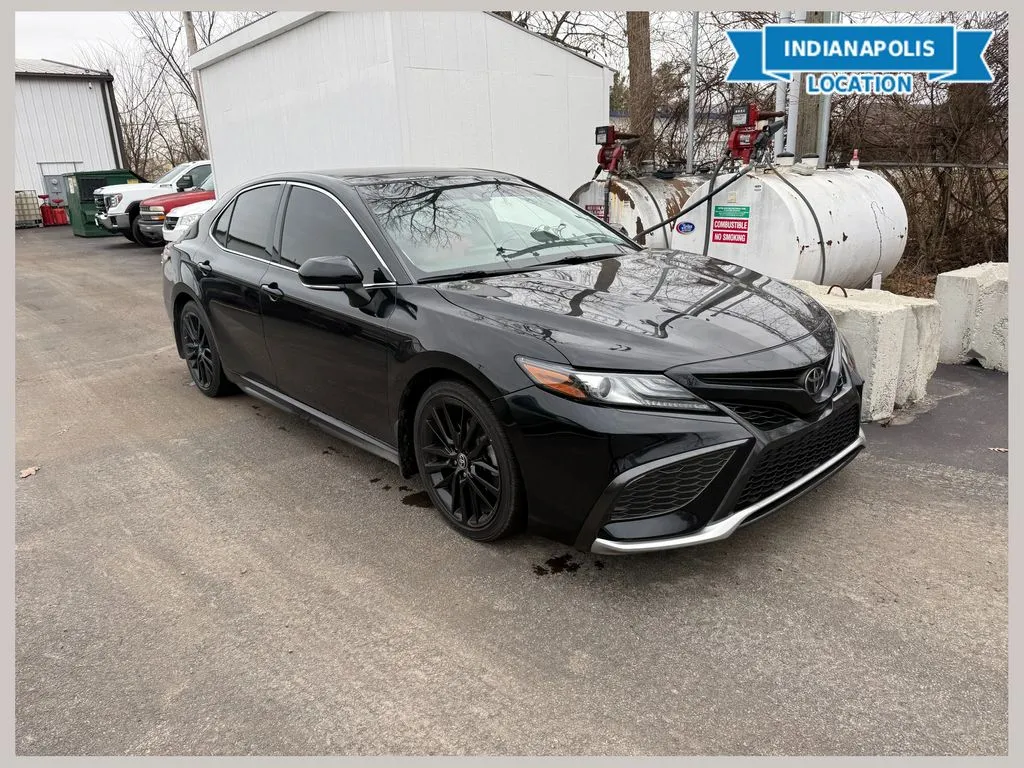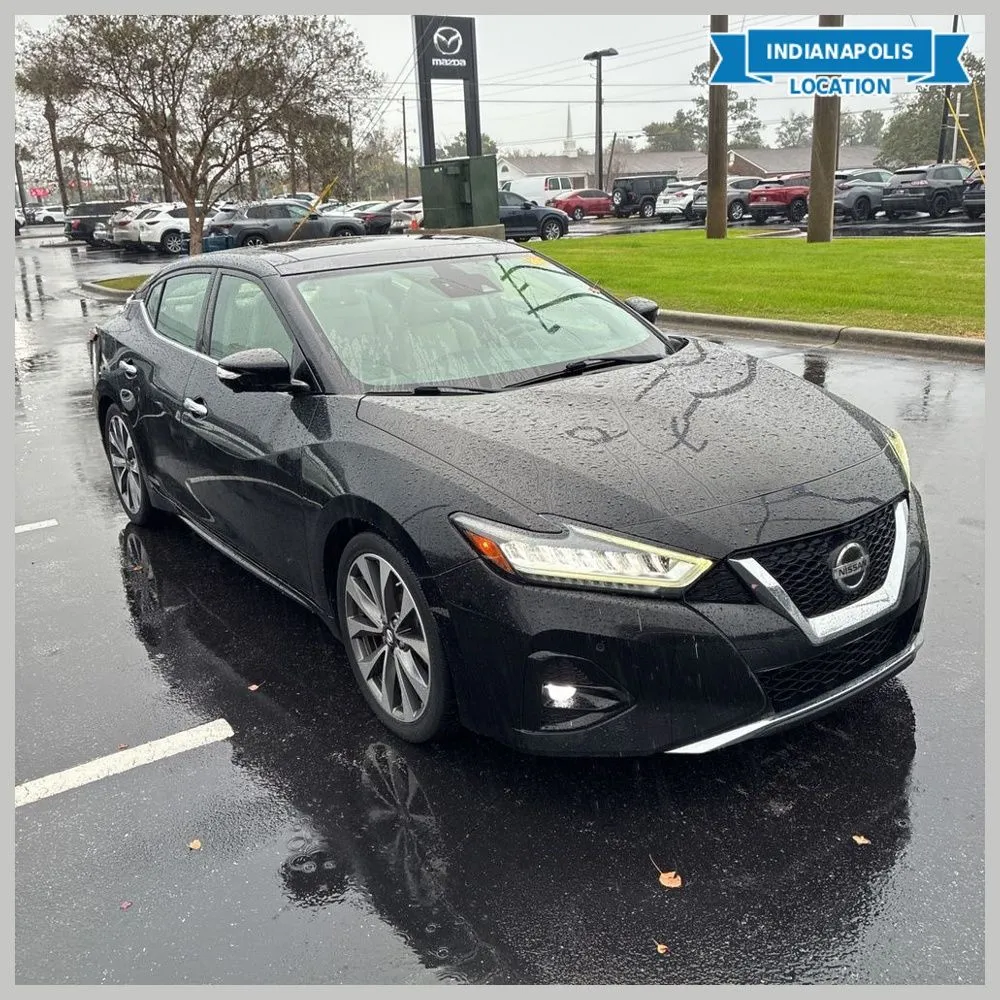Toyota Vs. Nissan autos: Brand Comparison by Indy Auto Man

Toyota Vs. Nissan Cars: Choosing Between the Equal
In the automotive world, there are many direct competitors. But two Japanese brands, Nissan and Toyota, have a long-standing rivalry, where for every Toyota model, be it a small hatchback, SUV, or executive sedan, there is the same car of a Nissan brand. How to choose between them?
We compared Toyota and Nissan brands by different parameters and highlighted the strengths of each manufacturer to facilitate your choice of a car in Indianapolis.
Are Nissans Autos Better than Toyota?
Nissan versus Honda comparison Honda vs. Toyota reliabilityToyota tends to come out as a better automaker, but Nissan is always not far behind.
- The year of the foundation of Nissan and Toyota is the same – 1933.
- The Second World War transferred both companies to production for the Imperial Japanese Army.
- Nissan and Toyota have premium brand divisions – Infinity and Lexus.
- Both manufacturers are the benchmark for quality and practicality.
- Toyota crossed the milestone of one million items in 1962. The opponent crossed this line in 1969.
- In 1972, both brands broke the barrier of ten million cars produced. Nissan factory made this step in ten years, and its competitors in just three years.
- The Toyota Prius is the first low-cost hybrid car to enter mass production. Competitors can only boast this kind of vehicle in the upper price range (Nissan Murano Hybrid 2.5).
- The maintenance cost of Toyota vehicles is lower than that of Nissan cars.
- Toyota has its banking organization to provide a loan when buying a car. No one else in Japan has such a financial institution.
Toyota auto manufacturers often make restyling for its models, but it is hard to say that due to this they are far ahead of the competitors. In terms of interior trim, fuel consumption, maintenance costs, and many other indicators – also parity. Understanding the Nissan vs. Toyota difference is more likely after a comparison of the most popular models from classes.
Read also:
Sedans and Hatchbacks
Corolla, Auris, and Verso from Toyota against Sentra, Pulsar, and Note from Nissan. The choice should lean towards Nissan models, given their lower cost. However, their sedans and hatchbacks noticeably lose to Toyota in interior comfort and design, although the technical characteristics are similar.
Do Nissan Autos Last as Long as Toyotas?
Toyota cars last up to 200,000 miles with about 15 years of extensive use. Nissans have an average lifespan of the same 15 years and can last up to 250,000 miles.
Crossovers
This is a rapidly developing class popular in the US due to its practicality and comfort. Nissan has many decent representatives, including the Rogue, Murano, and Kicks. Toyota’s sales leaders are obvious: the Land Cruiser Prado and RAV4. Toyota is a giant in this segment, but the competitor went the other way and did not impose direct competition. Nissan produces its cars mainly for young people – with bright design solutions and expressive dynamics.
SUVs and Pickups
Toyota is represented by the Land Cruiser 200, Tundra, Tacoma, and Hilux. Nissan can satisfy modest farmers with the Frontier and Titan pickups and compete for the hearts of businessmen with the aggressive Pathfinder, Patrol, and Armada. Thanks to the abundance of models and prices Nissan wins a virtual battle in this market segment. In terms of cross-country ability and practicality, there are no serious issues with any model.
Are Nissans Expensive to Maintain?
An average Nissan owner pays about $150 less for maintenance than owners of other brands, according to RepairPal.
Battle of Flagship Models: Camry Vs. Maxima
 Toyota Camry vs. Honda Civic
Used Toyotas for sale
Used Nissans for sale
Toyota Camry vs. Honda Civic
Used Toyotas for sale
Used Nissans for sale
Nissan Maxima and Toyota Camry are irreconcilable rivals in the war for the hearts of business-class buyers. Options and prices are identical. Fuel economy, speed performance, and reliability are also close. But still, connoisseurs will note the following advantages of the models against the competitor:
- Dynamics . The Camry’s acceleration and top speed numbers are slightly higher, but subjectively the Nissan feels faster and more responsive thanks to the Xtronic-CVT.
- Interior. In this category, Maxima has the advantage. There is enough space in both cars. But the finishing quality in Nissan is higher, and the interior looks more balanced. Camry designers overdid it with the amount of plastic in the cabin.
- Trunk. Toyota is more spacious visually, and the figures prove the first impression: 15.1 cubic feet vs. 14.3 cubic feet of the Maxima.
- Suspension. The Camry is a comfortable car, but two trailing arms cannot compete against the full-lever Maxima. Nissan does not feel small bumps, only lightly tapping on large pits.
- Brakes. Here the advantage is on the side of the Camry due to the responsiveness of the brakes. Maxima owners need to put in more effort.
- Controllability. Both cars are far from being the most agile, the conventional Golf will leave them behind in turns. But Camry still wins this fight – it has better maneuverability.
Despite some shortcomings, both Nissan and Toyota manufacturers make quality cars. Wide model and price ranges can satisfy the needs of different buyers in Indianapolis:
- Toyota models have their style and reliability, revered in many countries.
- Nissan is more selective and adapts better to the needs of the regions.
At Indy Auto Man, the choice of used Toyotas and Nissans is also huge, and not all models were included in the review. Visit our car lot and choose your winner after a full-fledged test drive around Indianapolis!



